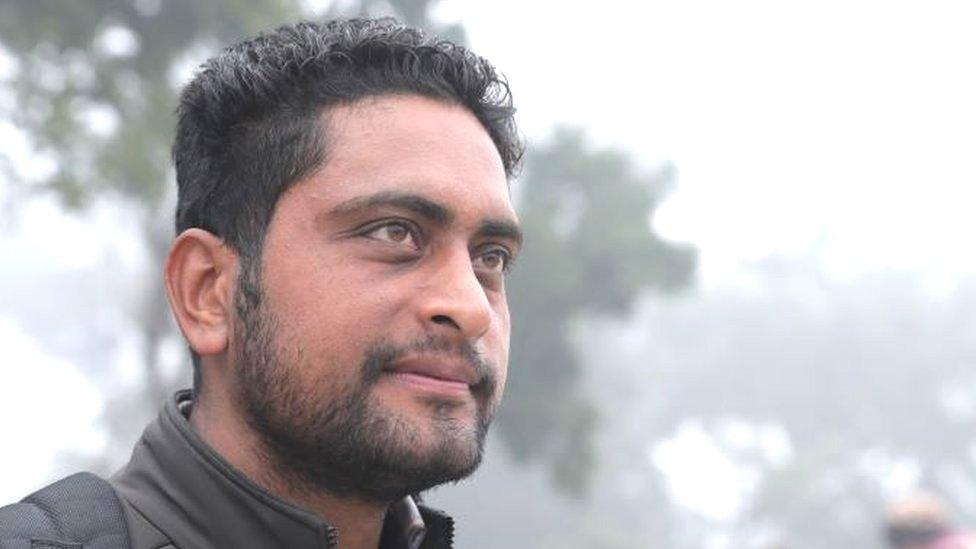Modi's new budget faces jobs crisis test in India
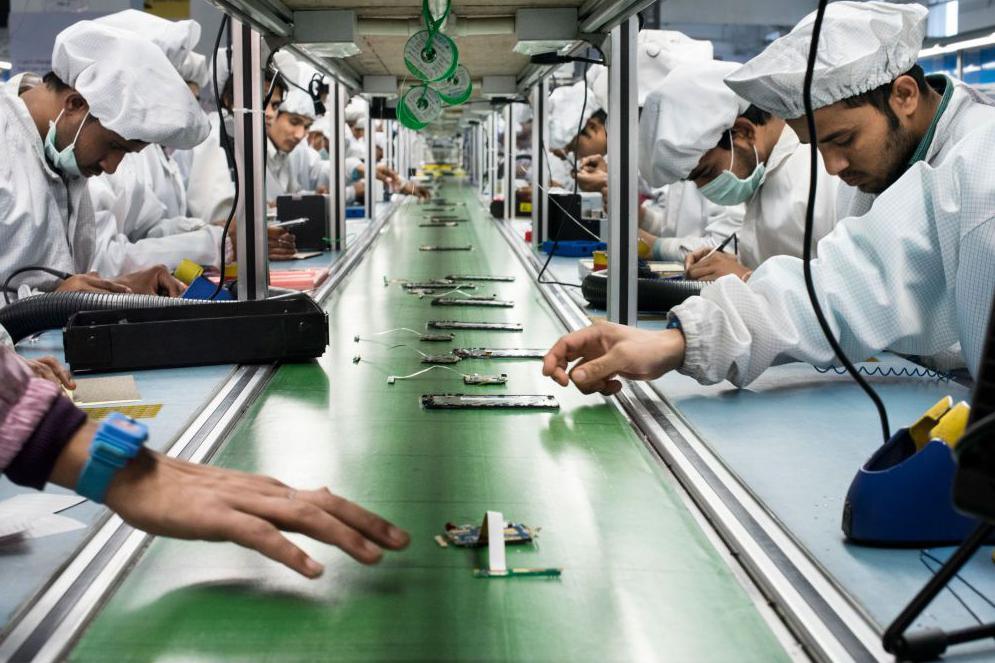
India has launched subsidy schemes to provide incentives to export-focused manufacturing
- Published
On Tuesday, India's Prime Minister Narendra Modi's coalition government will present its first federal budget following a narrow election victory.
A weakened Mr Modi, reliant for the first time on coalition partners, is widely expected to usher in a reset in his spending policies, while maintaining fiscal prudence.
Analysts suggest the new government may need to focus more sharply on the rural majority, who have not benefitted as much as the wealthy from the country's rapidly growing GDP.
The fact that this is Mr Modi's third term will preoccupy him with thoughts of leaving a lasting legacy and may “tempt” him to do something about economic prosperity for the masses, says Rathin Roy, a former member of the prime minister’s Economic Advisory Council.
“It is the one area where his legacy will say he has conspicuously failed in the past.”
In the 10 years that he’s been in power, Mr Modi has poured billions of dollars into state funded infrastructure, building sea bridges and expressways. He’s also undertaken tax cuts for big corporations and launched subsidy schemes to incentivise exports-focused manufacturing.
India’s shaky macro economy has stabilised and its stock markets have soared.
But so have inequality and rural distress.
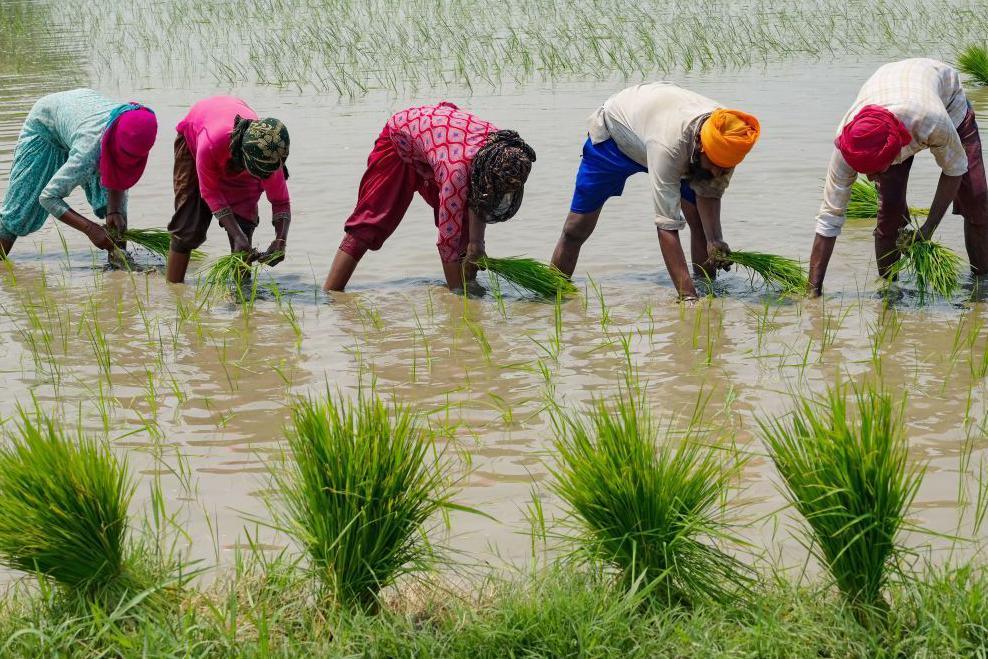
More than 60% of Indians are engaged in agriculture and allied activities
BMW cars have logged their highest sales ever in the first half of this year even as overall consumption growth has been the lowest in two decades.
Wages have stagnated, household savings have dropped and well-paying jobs remain out of reach for most Indians.
India’s regional imbalances are also stark. A majority of the country lives in northern and eastern India where per capita incomes are lower than Nepal, and health, mortality and life expectancy worse than Burkina Faso, according to Mr Roy.
Nine in 10 economists now say chronic joblessness is the biggest challenge confronting Modi 3.0. A post-election survey shows seven in 10 Indians support taxing the super-rich and eight in 10 economists believe growth has not been inclusive.
Travelling through northern India’s agrarian heartland, the fate of its rural majority sticks out in sharp contrast with those living in its cities.
Muzaffarnagar in the northern state of Uttar Pradesh is barely a few hours away from the Indian capital, Delhi. Barring the state-of-the-art highway that cuts through the expansive open fields, it feels like a region that’s been largely bypassed by the country’s shiny economic boom.
Sushil Pal’s family has tilled the plains of Behra Asa village for generations. It’s hard toil that hardly pays anymore, he told the BBC.
Mr Pal didn’t vote for Mr Modi’s party this time despite supporting it in the previous two elections. The prime minister’s promise to double farm incomes, he says, has remained just that - a promise.
“My income has gone down. The costs for inputs and labour have gone up but not for my crop,” Mr Pal said. “They only marginally increased procurement prices for cane before the elections.
“All the money I make goes in paying school and college fees for my sons. One is an engineer but hasn’t had a job for two years,” he said.
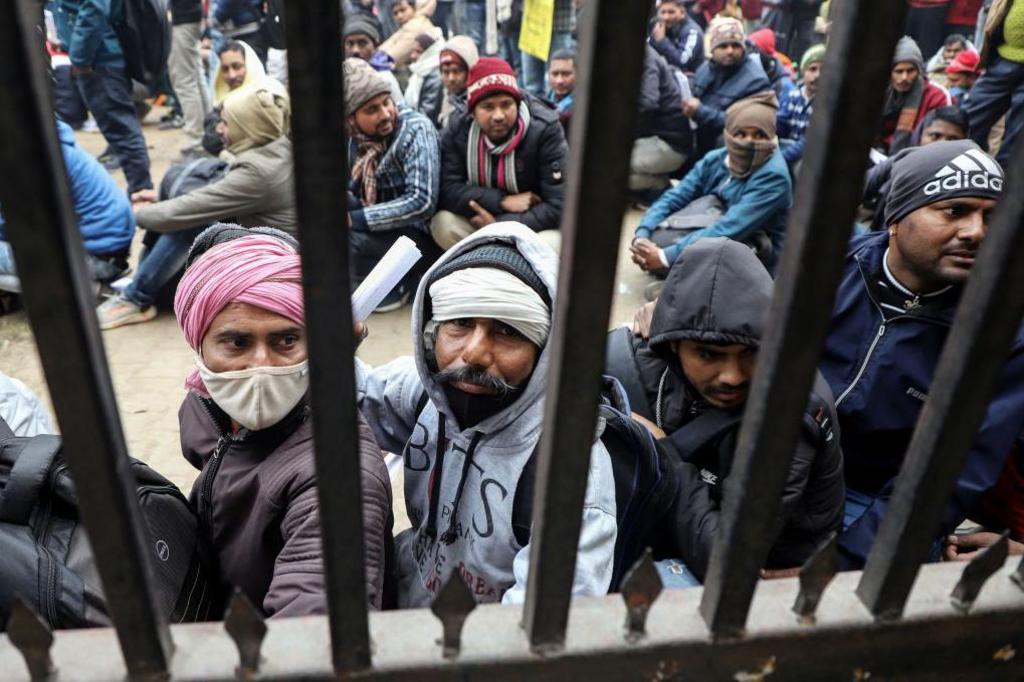
India is facing a jobs crisis - thousands gathered to seek employment in Israel earlier this year
Down the road from his field, an export-focused furniture workshop has seen its turnover drop by 80% in the past five years as global orders dried up following a post-Covid sales bump.
Rajneesh Tyagi, the owner, said he would have liked to sell locally to mitigate the lull overseas, but continuing rural distress means there’s no demand for his products.
“The farm economy is down and the biggest problem in growing local demand is high debt among the farmers and unemployment,” he added. “They have no capacity to buy anything”.
Mr Tyagi’s business represents a wide universe of micro enterprises that form the backbone of India’s economy. India Ratings, a credit ratings agency, estimates 6.3 million enterprises have shut down between 2015 and 2023, costing 16 million informal jobs.
In contrast, profits reported by India’s 5,000 listed companies rose sharply by 187% between 2018 and 2023, spruced up in part because of tax cuts, according to commentator Vivek Kaul.
Bridging such gaping divides between the formal and informal parts of the economy and bringing prosperity to India’s villages will be the biggest challenges for Mr Modi as he embarks on a third term in office.
His first post-election budget may see a “tilt” towards welfarism though not necessarily a pivot away from more capital spending on big infrastructure projects, economists at Goldman Sachs said in a note.
A larger-than-expected dividend transfer from the central bank (0.3% of GDP) will enable the government to boost welfare spending and maintain capex, with a focus on rural economy and job creation, says the Wall Street bank.
Even those who manage money for some of India’s wealthiest concur with this view.
Rajesh Saluja, CEO and managing director of ASK Private Wealth, says poverty reduction will most likely be on the government’s budget agenda and it can be done “without upsetting the fiscal math”, given the strong revenues and tax collections.
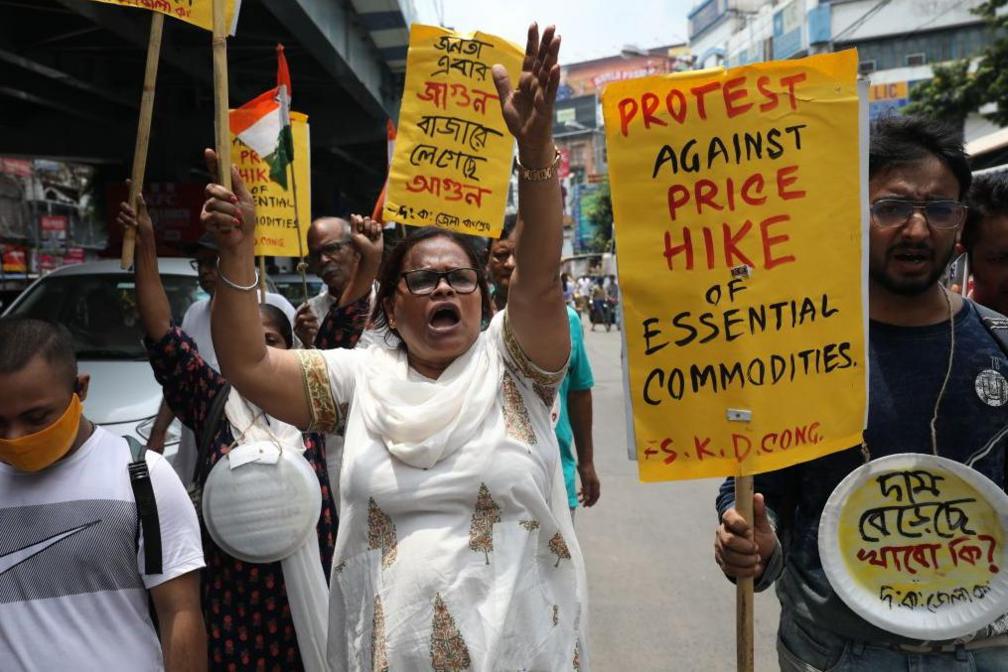
Protests have been held against high food prices
But economists warn more cash handouts are a poor substitute for real reform-led development. About 800 million Indians already live on free grain and some states spend close to 10% of their revenues on welfare schemes.
The budget will have to lay out a vision for how the government plans to put millions into the workforce and create earning potential.
“The reduced footprint of the unorganised sector has implications for employment generation. Therefore, a judicious mix of policy which allows coexistence of both formal and informal sectors needs to be pursued in the interim,” says Sunil Kumar Sinha, principal economist at India Ratings.
India should also incentivise low-end, labour intensive manufacturing in sectors such as textiles and agri-food processing to address its massive domestic demand, Mr Roy says.
Economists at India’s largest bank SBI have suggested extending production-linked incentives Mr Modi has offered to exports-oriented sectors to small enterprises.
“So far, when we think of manufacturing, we are thinking of posh people. We are thinking of supercomputers. We are thinking of getting Apple to come and make a few iPhones here,” Mr Roy said.
“These are not things that 70% of India's population consumes. We should produce in India what 70% of India's population wants to consume. If I'm able to make 200-rupee ($2.4, £1.8) shirts in this country and not let that import demand leak to Bangladesh and Vietnam, it will boost manufacturing.”
Related topics
- Published1 May 2024
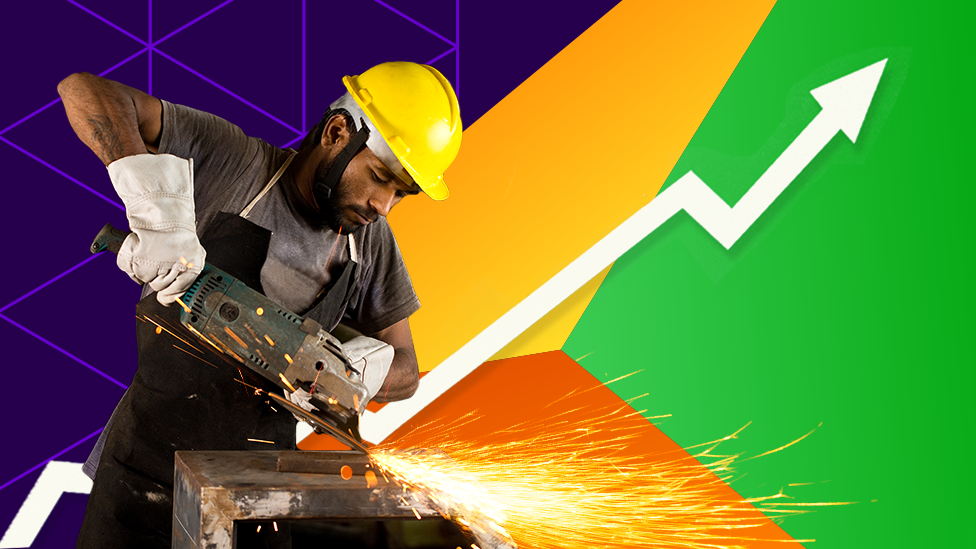
- Published25 January 2024
